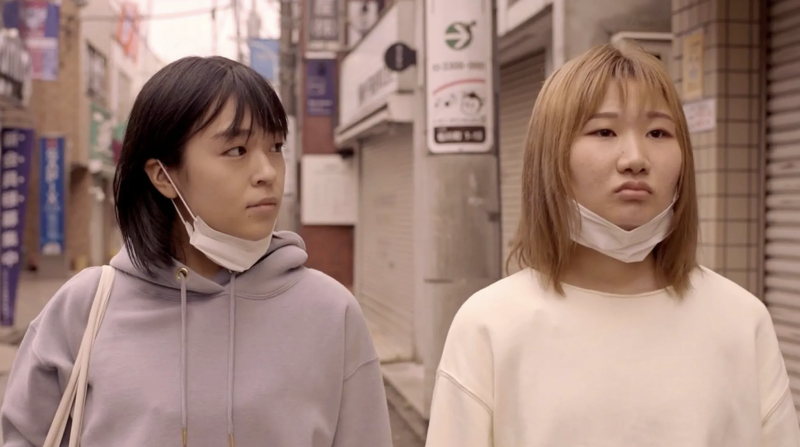In the tender slice-of-life film Ginger & Honey Milk, university student Atsushi learns that when he signed “I like you” to his deaf Japanese sign language buddy Kento, his platonic intentions were completely misunderstood. “‘Like’ in sign language is used only for love,” another student explains, clasping her hands together in exasperation. Later, a heartbroken Kento cries alone in his room, overwhelmed by the pain of the rejection, pandemic isolation and coming to terms with being gay.
Directed by queer and deaf filmmaker Mika Imai, Ginger & Honey Milk is one of 30 films at the 19th annual Queer Women of Color Film Festival, which runs from June 9–11 at San Francisco’s Presidio Theatre. Organized by the Queer Women of Color Media Arts Project (QWOCMAP), the festival has long provided a welcoming space for queer people of color and allies to celebrate, discuss and reflect on contemporary films that highlight intersectional queer and trans narratives. Beyond its film offerings, QWOCMAP aims to inspire attendees to imagine a world in which these stories are pushed to the forefront.
“We’re basically creating a very temporary time period and small space [that is] the kind of world we want to live in: a world that is accessible. It’s free and anybody can participate. It is safe for sick and disabled people,” says T. Kebo Drew, QWOCMAP’s managing director.
This year’s festival theme is “Forever Rooted” and contemplates the underlying connections between different queer identities, stories and traditions. Ashlei Shyne’s Sia explores the issue of navigating intimacy through the pandemic, while Jordana Allen-Shim’s Lavender: A Lesbian Love Story that digs into the plight of many queer individuals who go through with so-called lavender marriages to appease their families.

Each story is different, yet they are intertwined in their meditations on what it means to survive as a queer person of color today. With each film, the various connective roots become apparent: there are threads of unrequited desire and self-exploration. There are roots that take people home — and lead them to entirely new ones.



